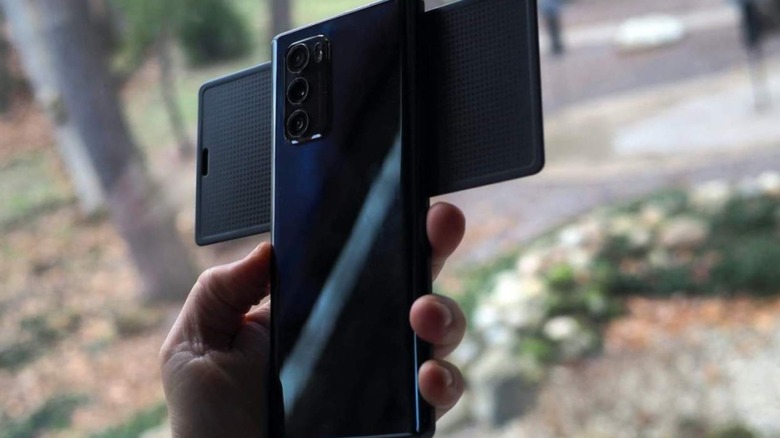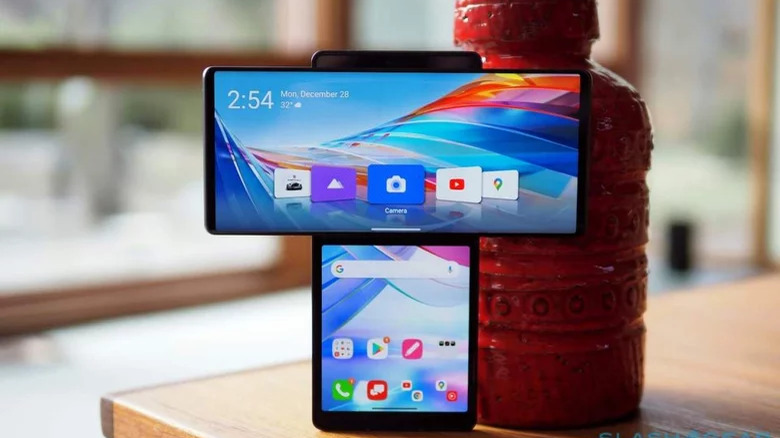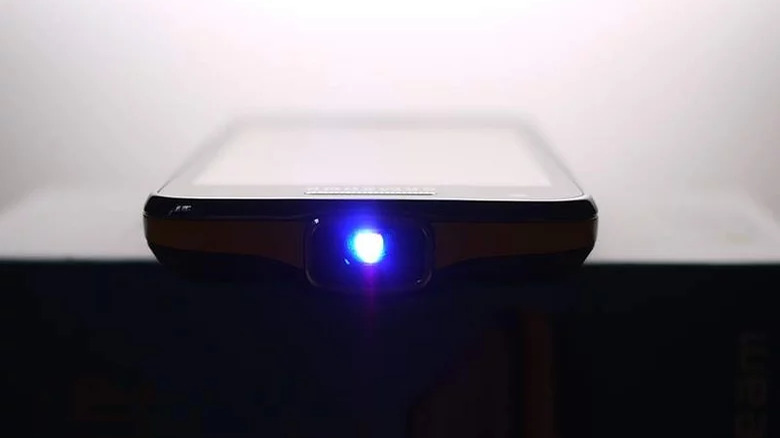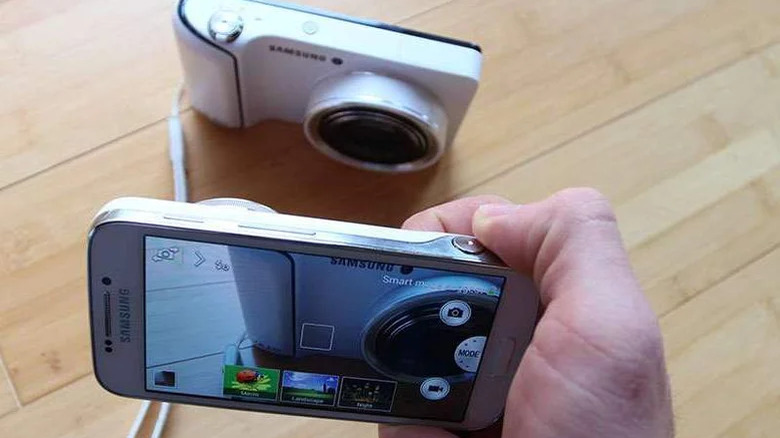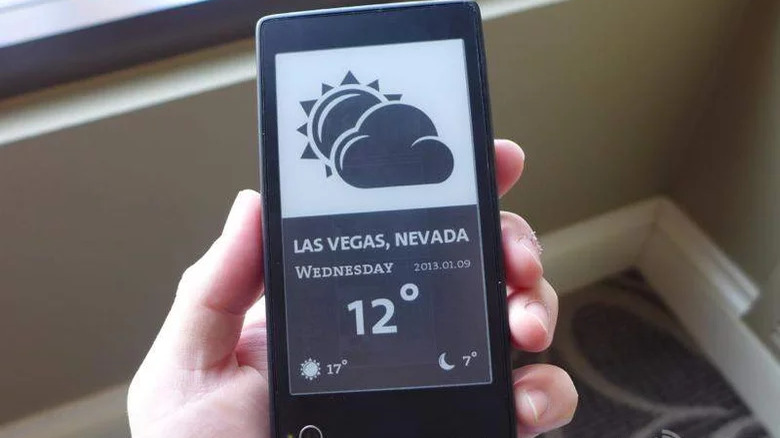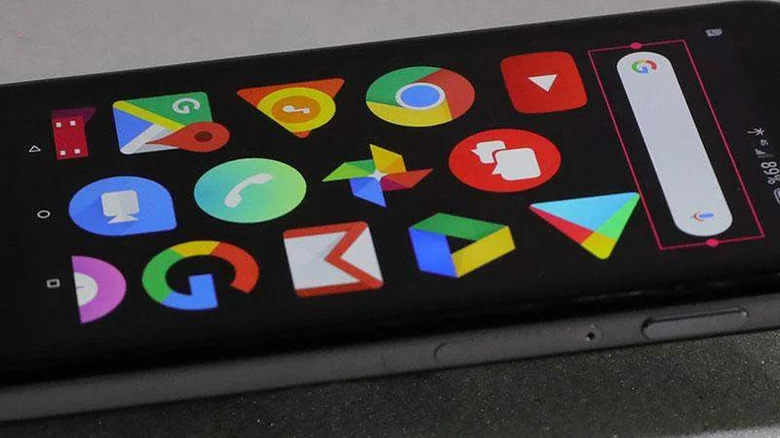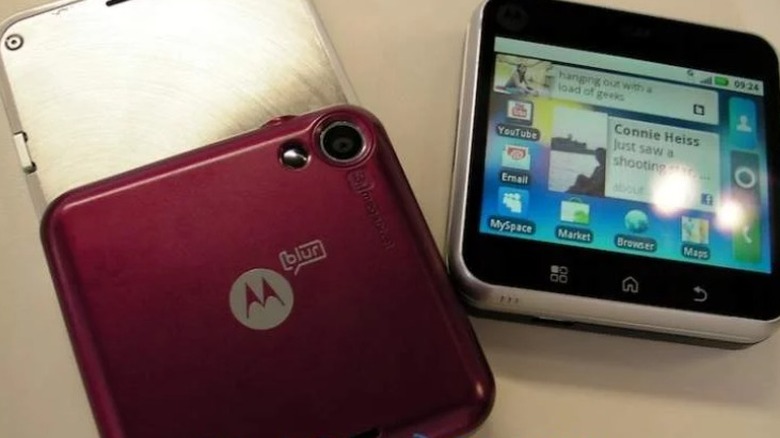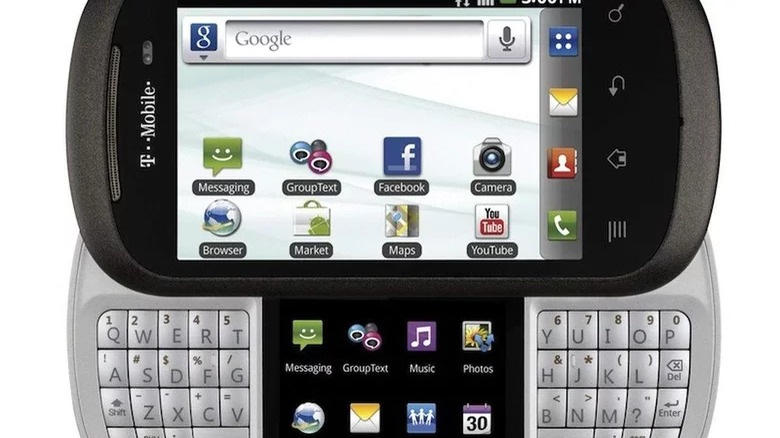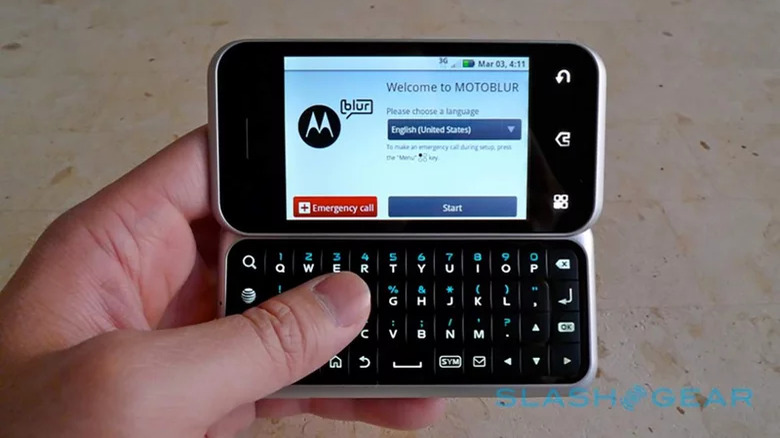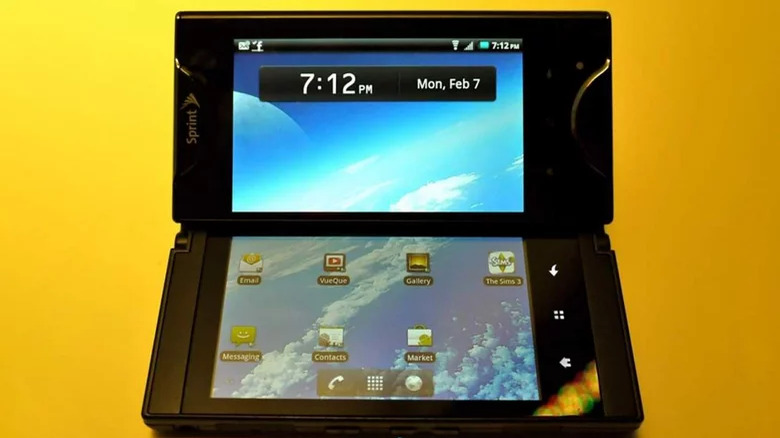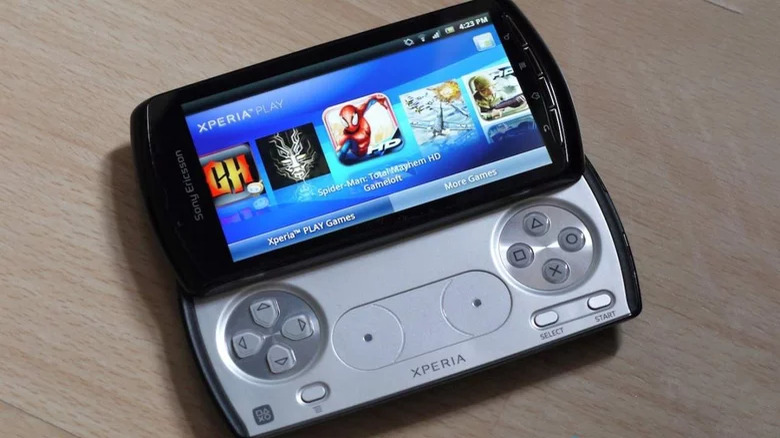The 10 Strangest Android Phones Of All Time
Since the days of the original Motorola DynaTAC, mobile phones have taken on many forms with various combinations of style and function. Some novel ideas incorporated into handset designs have changed the way we interact with technology, while others fundamentally changed our behavior in day-to-day life. Along the way we've seen some masterpieces, some duds, and a whole bunch of oddities in-between. Today we're taking a look at the 10 strangest Android phones of all time.
After some of the earliest mobile phones introduced us to communications by text (SMS, that is), the next most massive game-changer in mobile phone technology came with the touchscreen. The introduction of touch-screen-based operating systems, such as Android, laid bare the notion that a phone is just a device used to make phone calls. It opened up a whole new territory of possibilities. However, there is truth to the adage that just because you can do something does not mean you should. Over the relatively brief time humanity's been making mobile phones, some makers of these pocket-sized marvels have missed the mark.
Sometimes a typically stellar phone maker drops a giant stinker in our lap and has their PR department attempt to spin a dud into a Christmas wish list topper. While we may like to think of some ill-fated attempts to fill a niche that didn't exist to be a thing of the past, a couple of these are still on sale today. Regardless of their origin or market success, here we have a collection of the most odd Android phone oddities ever made.
LG Wing
Many innovations in technology come along as a response to the needs of consumers, often developed as a result of customer feedback. And then there is the LG Wing. In a response to exactly nobody, the powers that be at LG decided to add a weird rotating screen to one of its flagship phones. While many companies over the last several years clamored to create screens with more real estate while perfecting the foldable screen to offer tablet-sized displays that fit in a pocket, LG decided to create a completely new form factor instead.
Functionally, this is an impressive smartphone, according to the SlashGear review, and it boasts the latest technology and specs congruent with a flagship model. However, the rotating second screen of the LG Wing comes off more like a gimmick than a useful top-tier smartphone for everyday use. It is sure to raise an eyebrow during the morning commute.
Samsung Galaxy Beam
Samsung arguably rules the roost in the business of smartphone manufacturing, at least as far as innovation goes. Many of its products set the bar for the whole industry, and these novel innovations can become commonplace from high-end phones down the line to budget options. By 2012, the basic functionality of the smartphone was firmly established, and manufacturers were toying with new features to add and expand the capability of their devices. With DLP projector technology also advancing and becoming more compact, Samsung decided it would be the next big thing for its Galaxy line of smartphones. While it appears that there could be plenty of practical applications of this feature, it had its pitfalls as well.
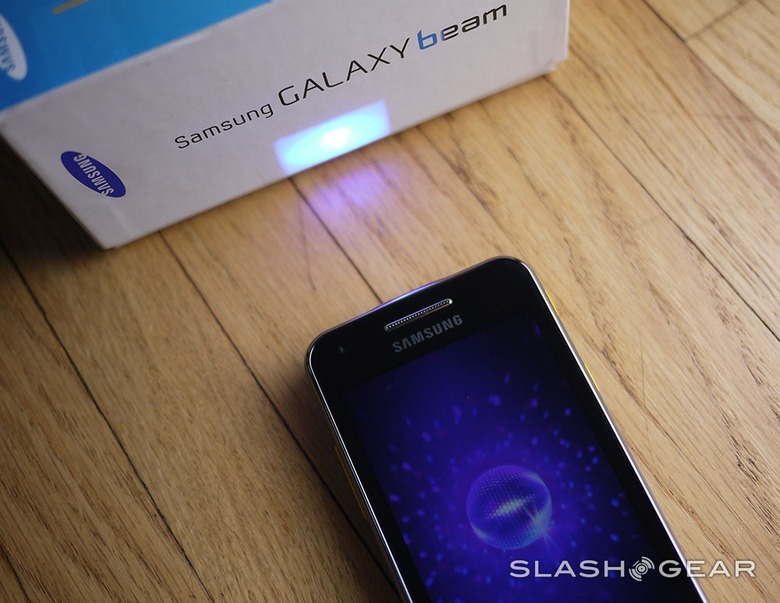
Chris Burns/SlashGear
The projector used a good deal of power and shortened battery life significantly, and the picture quality was somewhat lacking. While it certainly appeared to be a fun and useful way to use your phone, users found, as SlashGear's Galaxy Beam review notes, actual scenarios where it was the ideal piece of technology turned out to be far fewer in reality. Being that it is a Samsung product, the quality and design were never in question, but its actual usefulness wasn't apparent enough to meet the cost, and that is likely the reason it failed to be continued for more than a couple of years.
Samsung Galaxy S4 Zoom
With the continuing evolution of mobile phones, each year newer and better features come along. We were blessed with Snake, Nokia's original killer of workplace productivity, and T9 predictive text, the most frustrating and time-consuming way to send a message that could easily be conveyed in a short call. With the abundance of idle processing power held in our pockets, it was only a matter of time before an actual, usable digital camera was added to the package. In its desire to move forward from the tiny, grainy, pixelated portraits of early phone cameras, Samsung mis-stepped with the Samsung Galaxy S4 Zoom by attempting to do two things well and failing at both.
With the Galaxy phone series launched, Samsung had a good foothold in the technology arena. Being an electronic manufacturer of a huge variety of digital gizmos, Samsung had a certain expertise in both smartphones and dedicated mobile digital cameras and decided they could combine the two in the Samsung Galaxy S4 Zoom. As is so often the case when combining two technologies into one, the Zoom was a decent phone with an OK camera. It was not a great phone nor was it a great camera. It failed at being a phone, being a camera, and as noted in GSM Arena, these failures prevented it from being a sales success.
SIDENOTE: The Samsung Galaxy Camera, released a half-year before the Galaxy S4 Zoom, actually seemed to hit the nail a bit more squarely on the head with its combination of higher-quality camera and far less focus on the smartphone part of the equation. The Galaxy Camera can be seen in the photo above on the wood surface while the Galaxy S4 Zoom is in action and in-hand.
YotaPhone
When most people think of high technology, Russia is not the first to come to mind. However, the Soviets sent the first man to space, and they continue to build some of the most advanced fighter jets on Earth. Still, the Russian Federation is not particularly well known for electronics. Enter the YotaPhone in 2012, a Russian-designed and not-so-Russian-built mobile phone with most of the standard features and functions found on any phone, and a couple that weren't. The YotaPhone's claim to fame is its dual-screen setup. It wasn't foldable, and didn't have another odd sliding or moving display like the LG Wing.
The YotaPhone has two screens: one up front, another on the back (via GSM Arena). Even better, the front is a typical LCD screen, and the rear is a monochrome e-ink screen like that of a Kindle. As representatives of YotaFone suggested during our original hands-on experience, the functionality of the rear screen (the e-ink panel), was meant to be used much the same as one would with a Kindle – mostly for reading.
While it seems to function perfectly well as a Kindle does, YotaPhone couldn't overcome the hurdle that is the less than pleasurable experience of trying to read significant amounts of content on a screen that fits in a pocket. The Russians broke into the market with a device that nobody was asking for, attempting to solve a problem nobody had. It was strange. And it is no more, as its maker declared bankruptcy in 2019.
Palm 2018
Scores of people look back on the predecessors to today's smartphone fondly as they recall the days of physical keyboards and the exciting new frontier of mobile handheld internet browsing. Many wax poetic about their Palm Treo and all of its advanced and clever functions wrapped up into a tidy, portable package with its own operating system: Palm OS. But that is not the Palm device for this list.
The Palm device kicking off the 2020s is a new piece of hardware from a manufacturer that resurrected the Palm brand for one more go at glory. Gone are the days of pleasingly tactile and ergonomic tiny keyboards – now they're replaced by an unbelievably tiny touch screen. This time around, the Palm phone eschewed the original groundbreaking Palm OS for the Android system.
The decision to make the 2018 Palm phone run Android was likely due to the fact that the device requires an actual grown-up Android phone for any kind of usable functionality. Yes, this is not really a phone so much as it is a "phone companion."
The true value of a phone that requires another phone to function has yet to be truly found – especially at a starting price of nearly $350. The Palm phone (2018) is a fine example of yet another product developed to satisfy the demand of none, to solve a problem that did not exist in the first place. Our full Palm phone review explains why this machine still ahs a special place in our hearts, despite its ultimate lack of real-world value.
Motorola Flipout
Motorola's history spans back to the early 1900s (via Brittanica), and along the way, it has produced dozens of innovative and groundbreaking communication devices. With a company producing so many advanced communication products at the same time as it makes mundane, everyday products, it is bound to release the occasional oddball. And in an industry with technology quickly accelerating with an often off-track sense of direction, the mobile phone is the ideal vehicle for delivering a product that puzzles.
Motorola introduced the Flipout in 2010, a time when smartphone forms were still very much in a state of flux. While some companies, such as Apple, went all-in on touch screens, others held onto their physical keyboards, trying to find novel methods to incorporate them into new models. The Flipout tried to be the best of both worlds in a strange new way. The screen was small, but because it sat atop the keyboard when closed, it was bulky. The hardware was decent for the time, offering Android 2.1, GPS, WiFi, and Bluetooth 2.1, but the form factor was just odd. In the end, mobile phone makers went another direction, and this model hit a dead end and was discontinued.
LG DoublePlay
In the continuing development of mobile phones, one thing that seems to be clear is manufacturers' desire for consumers to adopt devices with multiple screens. They have come up with screens that flip, screens that flop, double-sided screens, fold-out screens, and now, to create transparent screens. LG has created plenty of funky designs for smartphones as well as feature phones, and the DoublePlay sits squarely in the zone of phone funk. On the surface, it was a good-looking concept, with the main screen of comparable size to its contemporary competitors. But the feature that set it apart from a "normal" phone was its split keyboard divided by a smaller secondary screen. It definitely had a Nintendo DS feel, but more T-Mobile sidekick functionality.
The device included all the features expected from a device running Android 2.3 Gingerbread at launch, and the unique hardware allowed (or was supposed to allow) some manner of multi-tasking. For example, the lower screen could have a text messaging app open while an internet browser was open up top. The phone also featured a few DoublePlay exclusive apps, such as a notepad, to make use of the display with native apps. In the end, the usefulness in the real world was dubious, at best.
Motorola Backflip
The first Android phone entered the market in 2008 and quickly started gaining ground on its rivals. With the open-source nature of Android, manufacturers were free to develop phones and customize the OS to their liking. They were also free to explore a multitude of setup and hardware arrangements, and it appears that is exactly what Motorola did when they introduced the Backflip in 2010.
The physical keyboard was still en vogue in 2010, and phone makers tried incessantly to keep them around by using unique integrations and placement of keys of all sorts. It seemed that Motorola, seeing the sliding mechanism other manufacturers used at the time, decided trying something unique would be the way to go – they went with a hinge.
With a traditional hinge, the phone would open up like a book – this, too, might've been a bit too simple for Motorola. So Motorola took the wild approach of placing the keyboard on the back of the phone and making it open... a different way. Adding to this totally normal design choice was another idea to place a touchpad on the back of the screen to move a pointer around like a mouse on a laptop. The lack of any phones with this form factor in today's market is proof enough that this particular design was just too strange for a second-generation.
Kyocera Echo
Smartphones that flip out and expand are still being released here in 2022, just as they were back when the first major single-model success took the mobile world by storm with the first Motorola RAZR (starting in 2005). The new line of Motorola RAZR devices and (to a larger extent) machines like the Samsung Galaxy Z Fold 3 have seen some relatively major success in recent years.
Between the pre-smart phone success of the first RAZR and the new dawn of the foldable came a machine out of its element: the Kyocera Echo. As we experienced with our original Kyocera Echo hands-on, this device made use of inferior hardware, a clunky hinge design, and a lack of optimized software to create a phone that could only be described as "meh."
While the phone could be used much like any other bulky Android handset with an oddly offset screen, the Kyocera Echo had one major failing: the big black bar running through its pair of displays. If Kyocera hadn't promoted the device like it was meant to expand into a single, giant display, consumers might've reacted differently... but alas. This device didn't quite deliver the futuristic experience it promised.
Sony Ericsson Xperia Play
Since the advent of video games, there has been a continual push to put them into more compact and accessible forms. From the original Nintendo Game and Watch handhelds to the Sony PSP, handheld video game devices have long been an integral part of the video game market. Therefore, it should come as no surprise that a company would integrate physical gaming controls into a device that would be found in the pocket of most people anyway. It should also come as no surprise that Sony, the company responsible for one of the most successful gaming consoles ever made, would be behind it.
The Xperia Play, originally rumored to be called the "PlayStation Phone", was a slightly odd conglomeration of mobile phone and handheld video game console elements. Given that this came from Sony, the resemblance to the PSP should be no surprise. What was surprising was the choice to eschew the PSP or PlayStation moniker and release this device without a series of high-quality PlayStation game classics right out the gate.
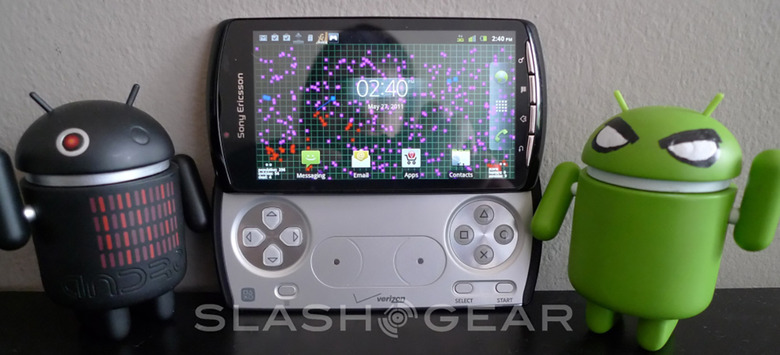
Chris Burns/SlashGear
Perhaps that is what prevented better sales success. However, it may be this odd pairing of phone and game system that has prices on the used market inching up as it moves further into vintage gaming territory with each passing year, and allows it to live on with hobbyist support long after it's been abandoned by its makers. The spirit of the "gaming phone" that was born with this classic weirdo lives on with devices like the Xiaomi Black Shark, the ASUS ROG Phone, a series of Red Magic devices, and the Razer Phone.
